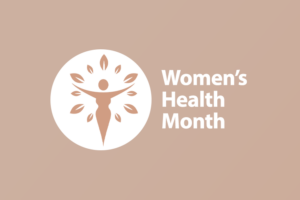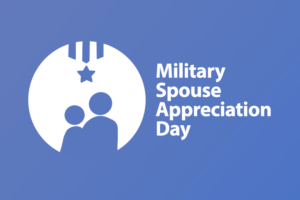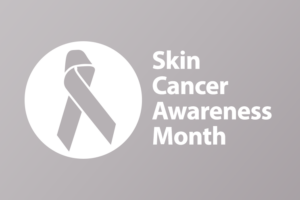Sarah Ford | February 18, 2015
How Diabetes Research Institute Foundation is Helping Solve the Diabetes Epidemic

Finding that cure is why Diabetes Research Institute Foundation (DRIF) exists. Founded in 1971, DRIF was formed by a small group of parents of children with diabetes who were dedicated to finding a cure. Today, the Diabetes Research Institute leads the world in cure-focused research, and is aggressively working to shrink the timeline toward the discovery of a biological cure for this disease. DRIF is supporting the institute’s progress by providing the funds necessary to cure diabetes now.
In this Q&A, President & CEO, Joshua Rednik, shares his role in executing the Diabetes Research Institute Foundation’s mission.
Q&A With Joshua Rednik:
What attracted you to this job & particular cause?
Diabetes is an enormous – and, unfortunately, growing – problem in the U.S. and around the world. Current estimates put the total number of Americans living with diabetes at roughly 30 million, which represents about 10% of the country’s population. That is a staggering figure for our country to face. Worldwide, the situation is no better, with nearly 400 million people living with diabetes (inclusive of Americans).
Truly, the world is facing a diabetes epidemic.
What attracted me most was the opportunity to work on finding a cure for such a devastating disease, thus easing – and potentially saving – the lives of those living with diabetes. I can’t imagine a more challenging yet interesting cause to focus on at this time in world history.
How are you making an impact through your work?
As an organization, the Diabetes Research Institute Foundation serves as the fundraising and public relations arm of the Diabetes Research Institute (DRI). We generate the financial resources that our colleagues at the DRI need to concentrate on their cure-focused research, moving us closer each day toward our goal.
Personally, in my work as a fundraiser and public representative of the DRI, I feel that I make an impact with each and every gift that I secure in support of our efforts.
What advice would you give to anyone with a similar position, or to someone interested in working for a nonprofit like yours?
This probably sounds so obvious, but be sure to engage with the people most affected by your organization’s work – directly – as often as possible. The day-in, day-out machinations of working in a non-profit are no different than they are working in any industry. They can wear you down and remove you from your mission. You can sit in an office and forget why you’ve chosen to focus your life’s work on a particular cause. To combat that, I’ve found that it’s best to spend time – face to face – with the people most affected by your organization’s mission. Doing so re-charges your battery and helps you stay focused on what is truly important in your work.
What excites you most about your organization’s work right now?
We are preparing to activate the first few patients in a new clinical trial that will allow us to test a new site for the transplantation of islet cells. Islet cells express insulin in response to blood sugar and are the particular types of cells that the immune system kills off during the onset of type 1 diabetes. The new transplantation site we are testing is the omentum, an apron-like lining inside the abdomen. Transplanting islet cells into the omentum is appealing because islet cells require the most oxygen of any cell in the body and the omentum is rich with oxygen. Encouraging preliminary data in experimental and pre-clinical models has shown that islet cells in the omentum can engraft and improve blood glucose control.
What we learn from this trial – and, potentially, others we hope to launch in 2015 – could significantly move the needle in terms of our ability to restore natural insulin production to those living with diabetes, type 1 or 2. Nothing excites me more than knowing we’re getting closer to our goal, and, while completely solving this problem may still be years down the road, being on the path to that eventual success is truly gratifying.
Our thanks to Joshua Rednik for sharing his time and expertise with us! To learn more about the impact Joshua’s organization is making, click here to visit their website, connect with them on Facebook, Twitter and YouTube, and support their work with a donation.
The primary goal for any nonprofit is to get people to support that nonprofit’s cause so they can make an impact. But, behind each of those causes are hard-working individuals, actively involved in making that impact happen. Through our Making Impact Blog Series, we’re going behind the scenes with America’s Charities member organizations to learn how they’re making impact happen and share insights and advice from the staff and volunteers supporting these initiatives.
Get Resources and Insights Straight To Your Inbox
Explore More Articles
Get Resources and Insights Straight To Your Inbox
Receive our monthly/bi-monthly newsletter filled with information about causes, nonprofit impact, and topics important for corporate social responsibility and employee engagement professionals, including disaster response, workplace giving, matching gifts, employee assistance funds, volunteering, scholarship award program management, grantmaking, and other philanthropic initiatives.




